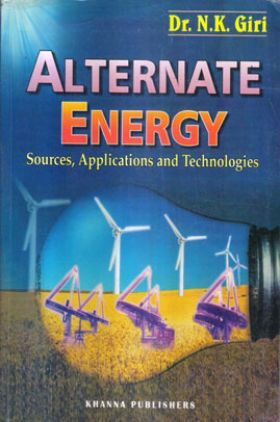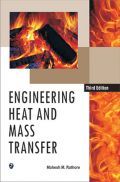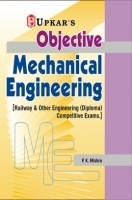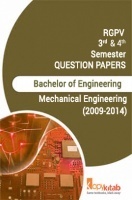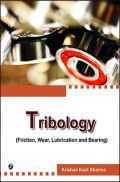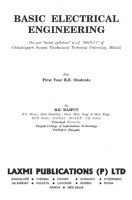This book provides an overview of leading alternate energy sources and technologies. It addresses renewable sources, including solar energy (solar thermal and solar photovoltaic), wind energy, biomass energy, geothermal energy, ocean energy and small hydropower, as well as nonrenewable sources, including chemical energy (batteries, hydrogen energy and fuel cells), nuclear energy, magnetohydrodynamics, thermoelectricity, therminonics, alkali metal thermal electric conversion, and energy storage.
The book is organized into 32 chapters. The mathematical terminology in the book is in SI units. Solved numerical examples have been provided at appropriate places in the text. Several review questions are included at the end of each chapter. Essential and useful up to date references are provided throughout the book and at the end of each chapter. The readers of this book will need a basic understanding of science, especially of physical sciences and mathematics. In addition, knowledge of some common advanced topics, especially thermodynamics and heat transfer, is necessary for developing an indepth understanding. In particular, the section on renewable energy requires a background in both biology and engineering
This book Useful for Electrical Engineering Students.
1. Alternate Energy
2. Solar Energy
3. Wind Energy
4. Biomass Energy
5. Geothermal Energy
6. Ocean Energy
7. Chemical Energy
8. Small Hydroelectric Power
9. Magnetohydrodynamic (MHD) Energy
10. Nuclear Energy
11. Other Alternate Energy Sources
12. Energy Storage

